The problematic Pimelea plant
Host: AgForce Queensland
Written by Marie Vitelli, AgForce Weeds Policy Officer.
AgForce has been the unifying voice for Queensland’s beef, sheep and grain producers since 1999. Our strength continues through our membership and a strategic vision to secure the productivity, profitability and sustainability of the agribusiness sector. AgForce has approximately thirty staff based in Brisbane and regionally around Queensland.
I’m a diehard weeds person, after spending my entire career delving into the vast spectrum of weed management issues, I know the story of Pimelea is a unique one. As a Weeds Policy Officer at AgForce my role is to advocate for producers to solve weed issues and get more resources for weed management and education programs. Weeds are a constant battle for producers everywhere and that is why it is important to keep them on the agenda, I have been lobbying on behalf of producers for over ten years and don’t intend to stop soon.
In saying that, there are very few weed issues that have inspired such co-investment, cross-industry support, and even graziers donning lab coats all to reduce the impact of Pimelea in the paddock.
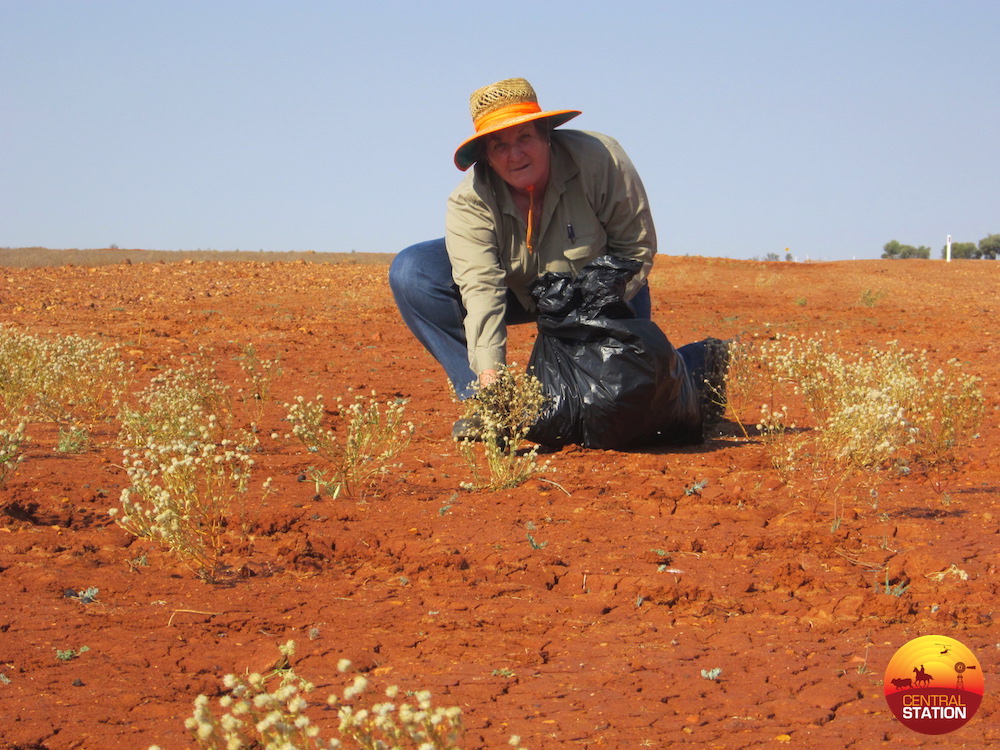 Marie Vitelli – Collecting Pimelea for research project.
Marie Vitelli – Collecting Pimelea for research project.
Pimelea is a native, toxic weed that occurs across inland Australia, predominantly on red clay and sandy soils including western Queensland. From Winton, down to Dirranbandi and as far east as Miles, growing in amongst pasture grass after winter rain, these scrawny little plants, indistinguishable to cattle, average a cost to producers of $40,000 or a loss of 40 head of cattle per year.
A cumulative toxin, even eating one small plant or two grams of dry matter per day for a month will bring on the symptoms of cattle toxicity. The absorption of the toxin passing through the rumen into the small intestine causes the pulmonary artery to restrict, resulting in fluid leaking from the circulatory system into the body cavity. Early symptoms include diarrhea, swelling and lethargy with Pimelea toxicity usually resulting in death unless early detection occurs, and the cattle are removed from that pasture.
There has been intermittent research conducted over the years but being a native plant, Pimelea falls out of Biosecurity Queensland’s sights. Dry summers followed by wet winters provides the perfect conditions for an abundance of plants and after two very bad years of cattle losses from 2015-2017, producers were desperate for progress.
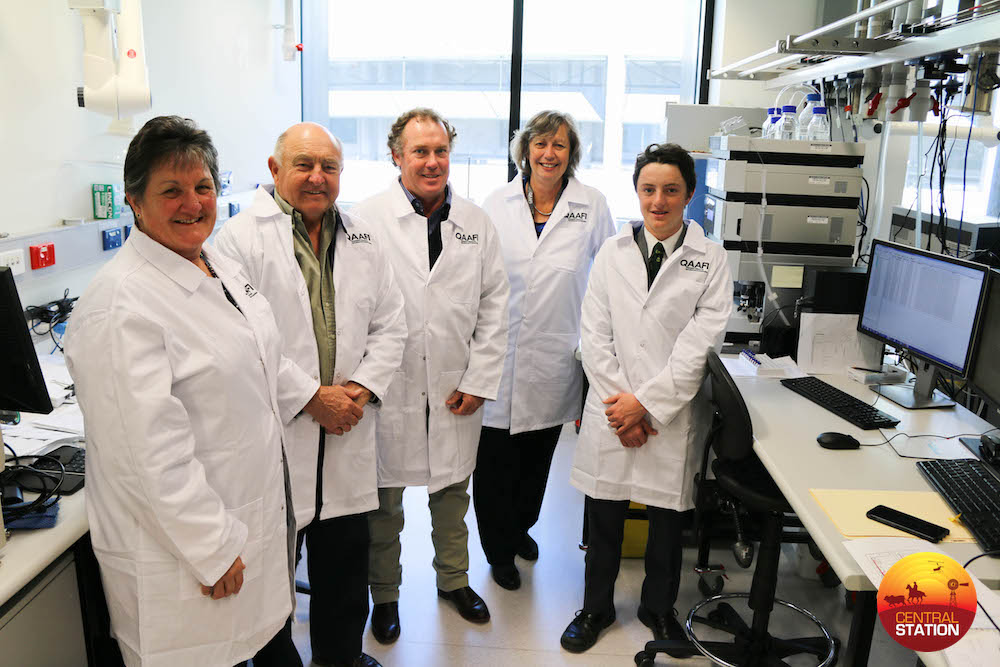
Producers called for urgent action to build on previous research and find solutions as lost pasture, agistment, herd losses and supplements costs were proving too much. AgForce committed to finding a solution on behalf of the industry and quickly got to work pulling all the stakeholders together. AgForce agreed to act as an intermediary between the Queensland Government Department of Agriculture and Fisheries (DAF), The University of Queensland (UQ) and producers to facilitate participatory research.
Pledging cash and in-kind donations to get the project going, producers’ donations were matched by Meat and Livestock Australia (MLA) Donor Company funds. The response was overwhelming with 43 affected producers and organisations pledging $420,000 over 3 years. The first year’s cash pledges, $75,000, were matched by MLA, allowing researchers to begin collecting Pimelea plants and rumen fluid samples. Community feedback along with the financial cost to industry was recognised as a major national agricultural issue and resulted in MLA committing a further $1.5 million to a 3-year project addressing plant toxins, including Pimelea.
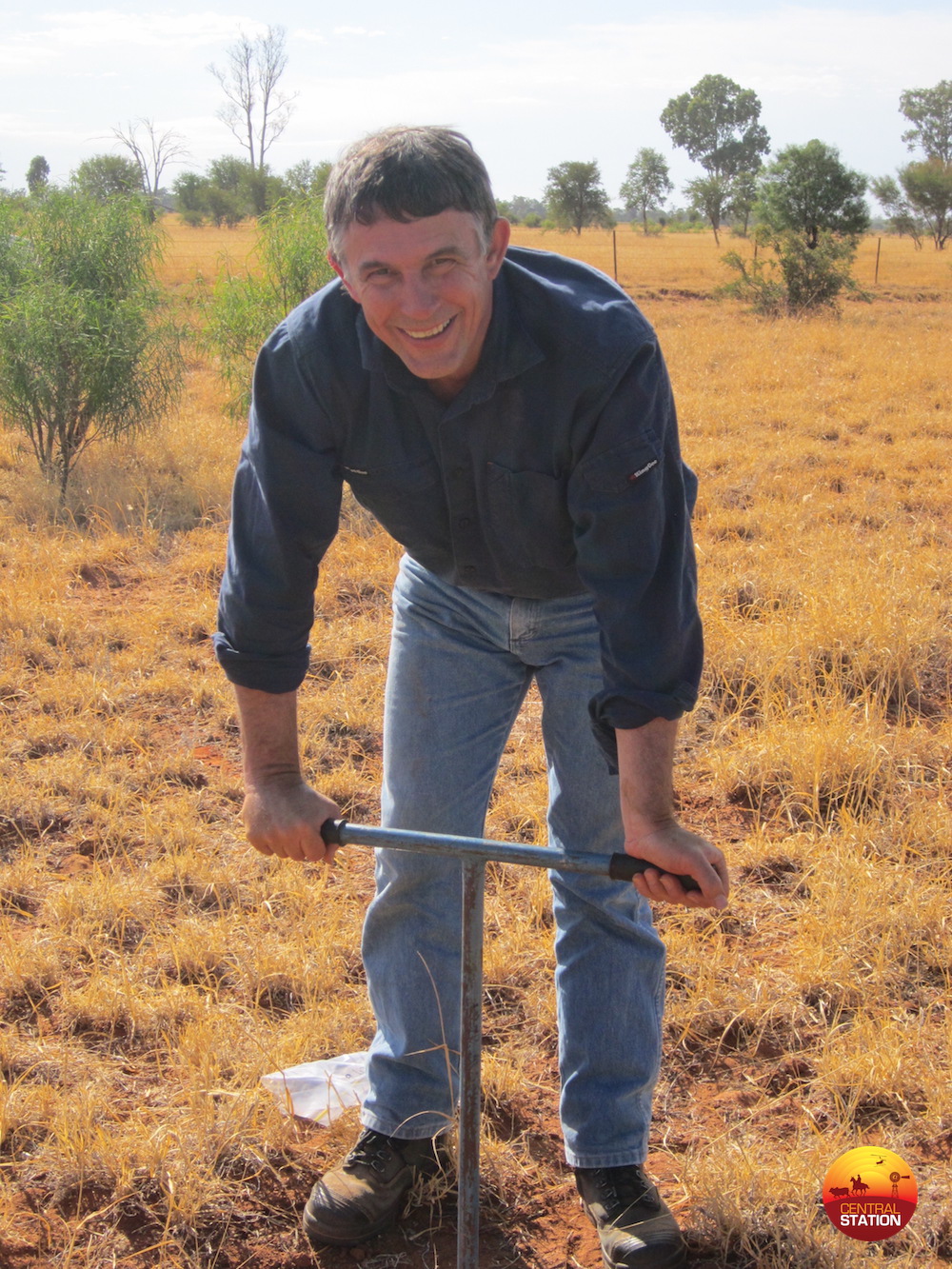
DAF rumen microbiologists were involved in previous research and knew there was an opportunity for a rumen inoculum to overcome Pimelea toxicity. Much like studies into how the gut flora of humans affects health, rumen researchers Diane Ouwerkerk from DAF and Mary Fletcher from UQ are leading this innovative project. Bulls, weaners and calving cows are most affected by Pimelea, with some horse cases but sheep, goats and kangaroos don’t appear to be affected. Testing of rumen samples from affected and unaffected animals to determine which bacteria survive being trickle fed Pimelea in an artificial laboratory rumen could lead to a rumen inoculum which can overcome plant toxins. They are also investigating effectiveness of absorbency compounds (such as Biochar or Bentonite) that can be fed to animals to reduce the swelling symptoms.
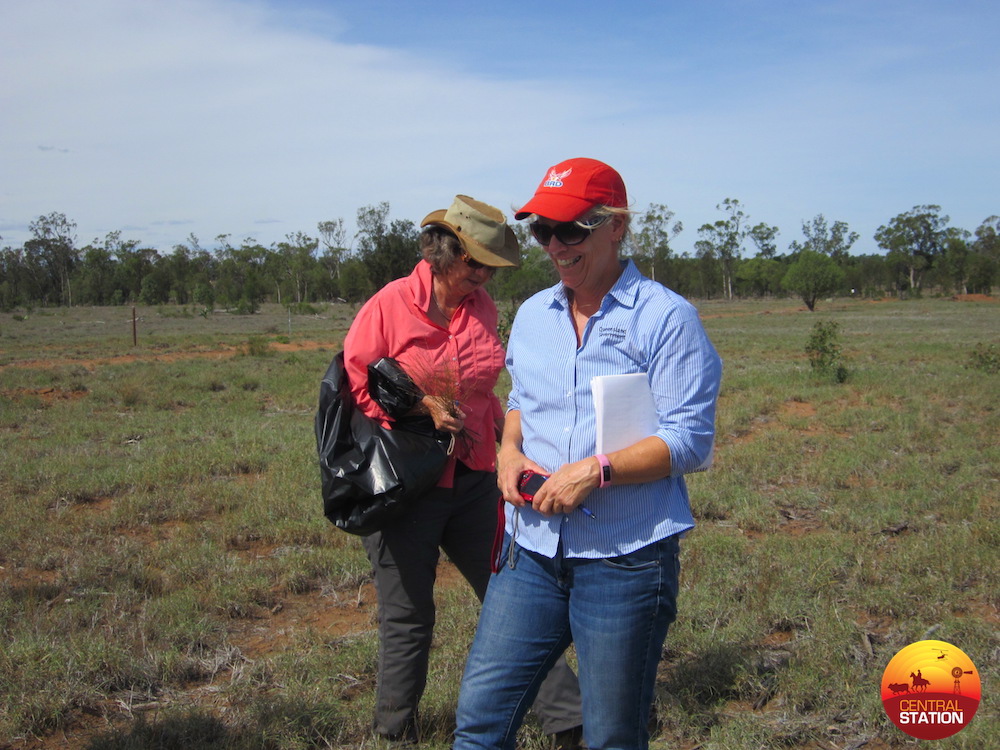
Although we hold out major hope for a rumen inoculum, AgForce has commenced seeking resources and collaborators to help reduce the impact and abundance of Pimelea in pasture. These include investigating the role of soil nutrition, herd composition, herd nutrition, herbicide management of Pimelea and documenting several case studies from producer experiences with Pimelea.
We are hopeful all this research will lead to one or more management actions that producers can take during identified high-risk times and protect their herds from suffering due to Pimelea toxicity. I am proud of the part that AgForce has played in helping the collaboration of producers, livestock agents, scientists, and industry groups — all to reduce the impact and abundance of this native toxic plant and the devastating effect it can have on cattle and cattle graziers.
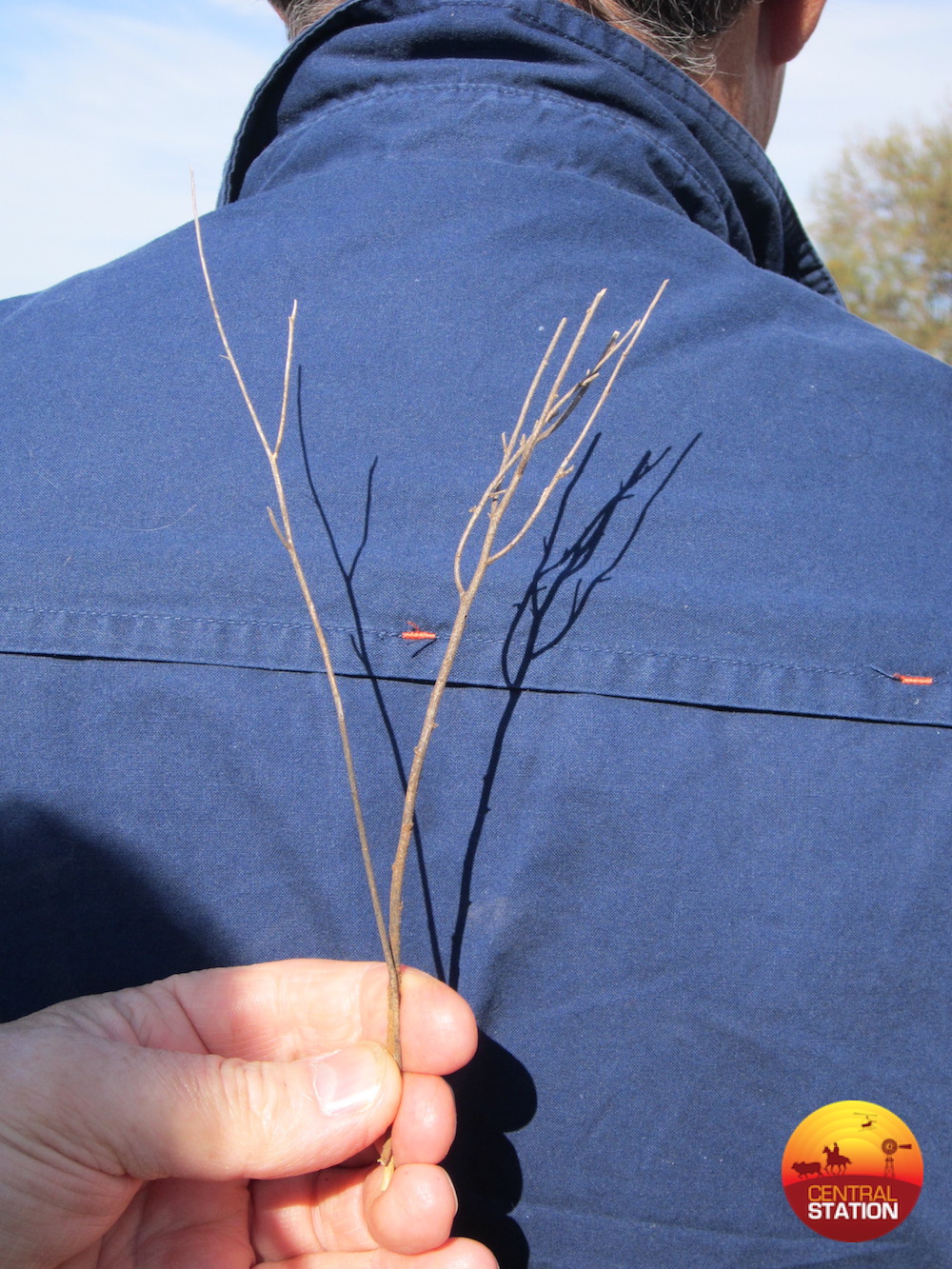
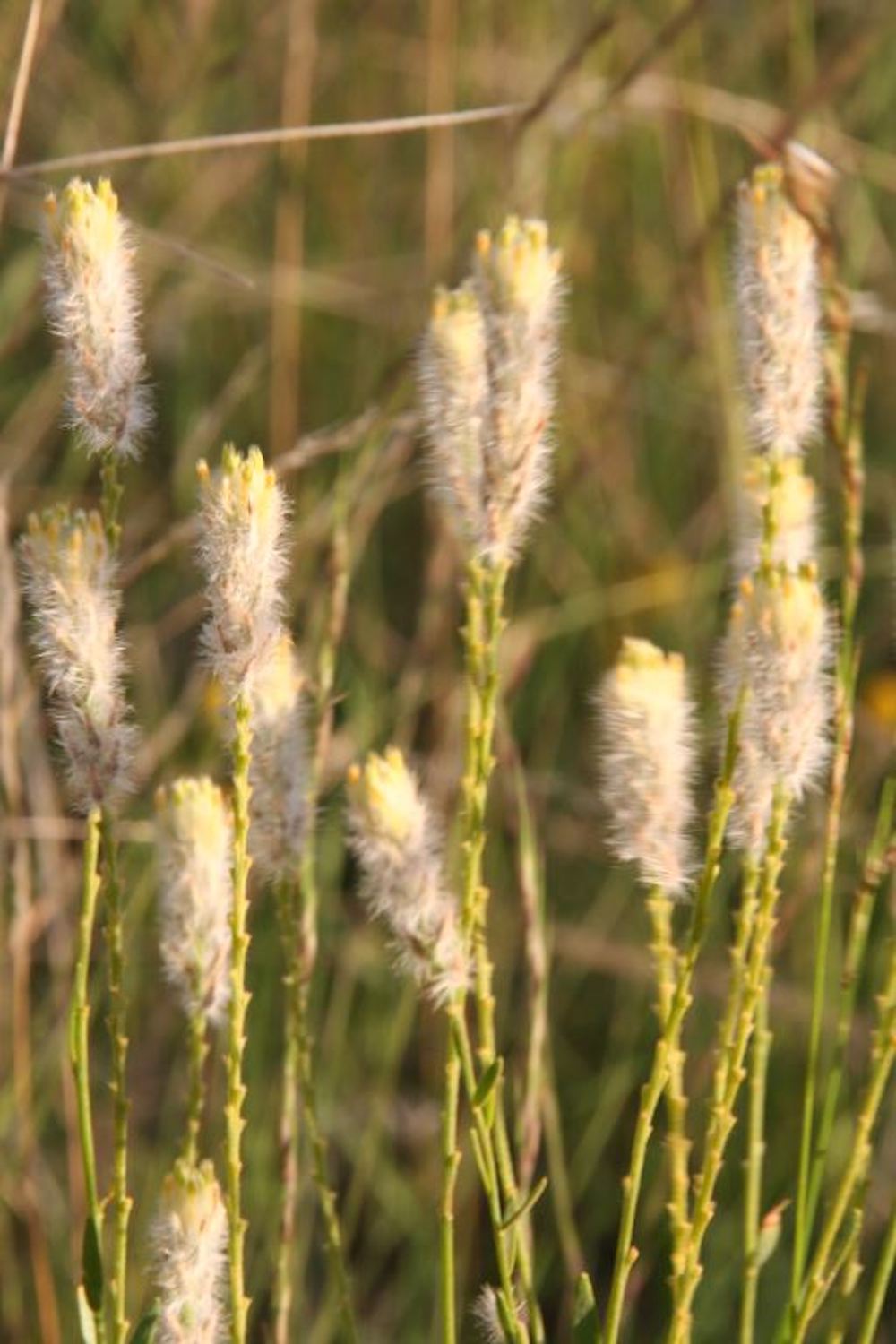
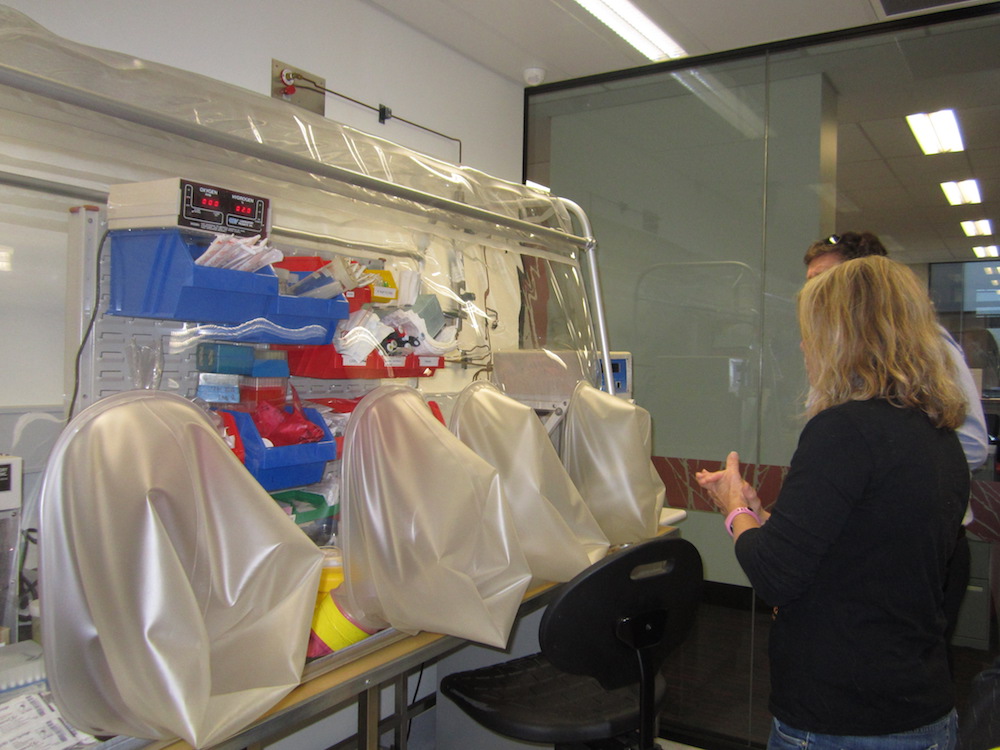
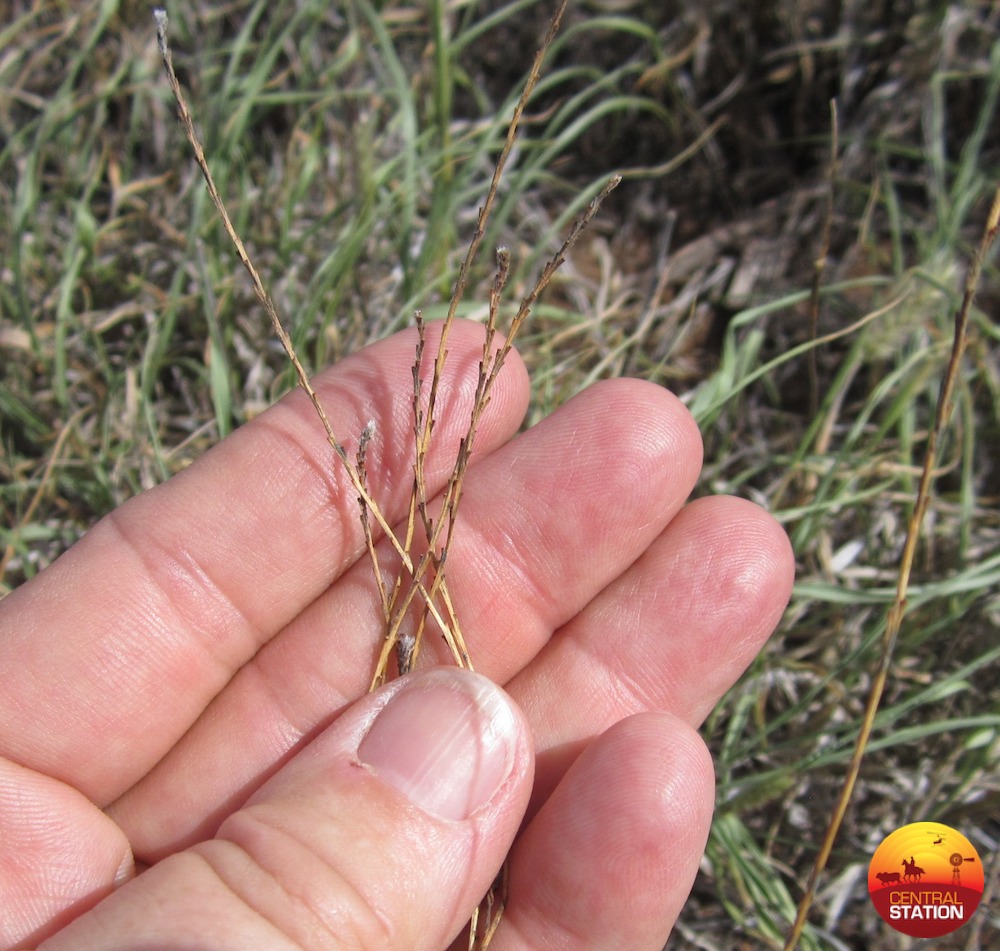
Marie Vitelli has 35 years’ experience in weeds and grazing management. Her passion for weeds began in the mid-1980s while based at the Tropical Weeds Research Centre in Charters Towers for 15 years. Marie traversed North Queensland on weed research and biocontrol projects such as rubber vine, parthenium, prickly acacia and giant sensitive plant. She integrated weeds with love and married fellow weed scientist Joe Vitelli.
A career change in 2000 saw Marie move on to a 7-year stint with Dalrymple Landcare Committee in the Upper Burdekin Rangelands. Since moving to Brisbane 10 years ago, Marie has worked for AgForce Projects and Policy, apart from a short stint as a DAF grazing extension officer. Her role in AgForce has changed from vegetation management and GPS workshops, to representing industry on a myriad of Reef policy panels to state and national weed and agvet chemical use policies.
